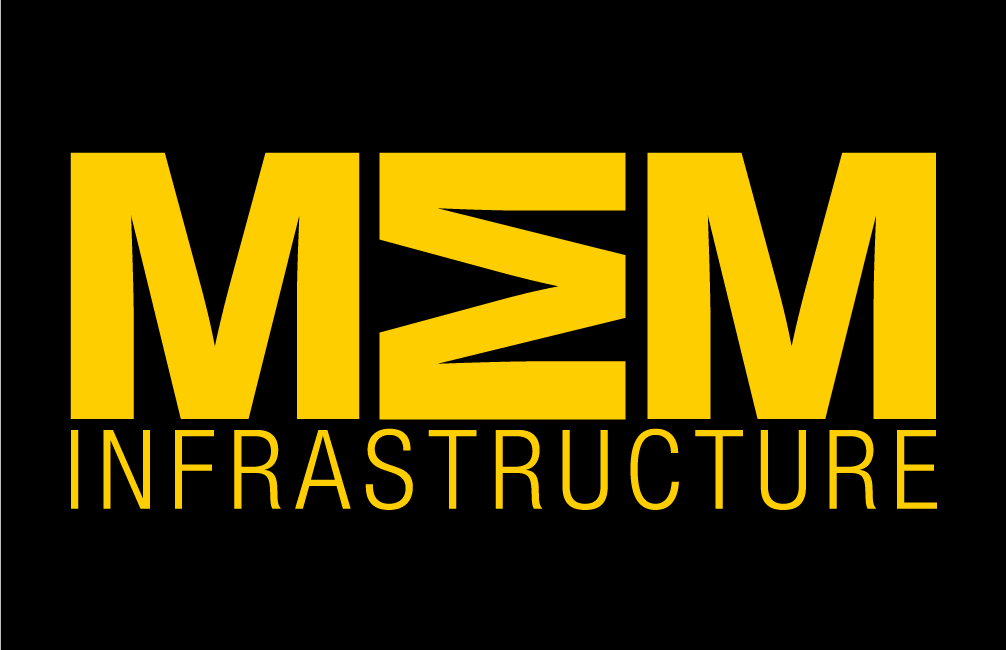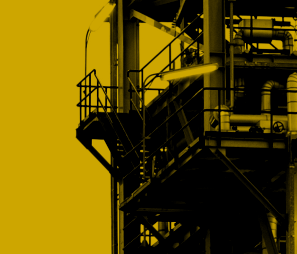Let’s Talk About Welding! : The fabrication process that joins materials, usually metals and thermoplastics, by causing fusion (melting the base metal) is called welding. It is done by very skilled people as it is a hazardous undertaking where precautions are required. There are different types of welding, used for various jobs in the industry, so let’s find out what they are.
MIG Welding
This type of welding is one of the easier ones for beginners to learn and is usually chosen by DIY enthusiasts and hobby welders who don’t have the money to spend on expensive equipment. MIG welding actually incorporates two different types of welding – the first uses bare wire and the second flux core. Bare wire MIG welding can be used to join thin pieces of metal together, while flux core MIG welding can be used outdoors because it does not require a flow meter or gas supply.
Stick Welding
Stick Welding is also known as Arc welding and it uses a stick electrode welding rod. It is one of the oldest types and it is harder to master than MIG. However, you can still pick up stick welding equipment for very little if you want to give it a try.
TIG Welding
Although TIG welding is extremely versatile, it is also one of the most difficult ones to learn. For this type of welding, two hands are needed – one will feed the rod and the other one will hold a TIG torch. This torch creates the heat and arc, which are used to weld most conventional metals, including aluminium, steel, nickel alloys, copper alloys, cobalt and titanium.
Plasma Arc Welding
This type of welding is very similar in technique to TIG welding; however, the electrode is recessed and the ionising gases inside the arc are used to create heat. This is a precision technique and it is commonly used in aerospace applications where metal thickness is 0.015 of an inch. An example of such an application would be on an engine blade or an air seal.
Electron Beam and Laser Welding
These two types of welding are extremely precise, high energy techniques.
Gas Welding
Gas welding kits require oxygen and acetylene and are very portable, sometimes used to weld bits of car exhaust back together. However, this technique rarely used anymore and has been superseded by TIG welding.
Manufacturing & Engineering Magazine | The Home of Manufacturing Industry News















